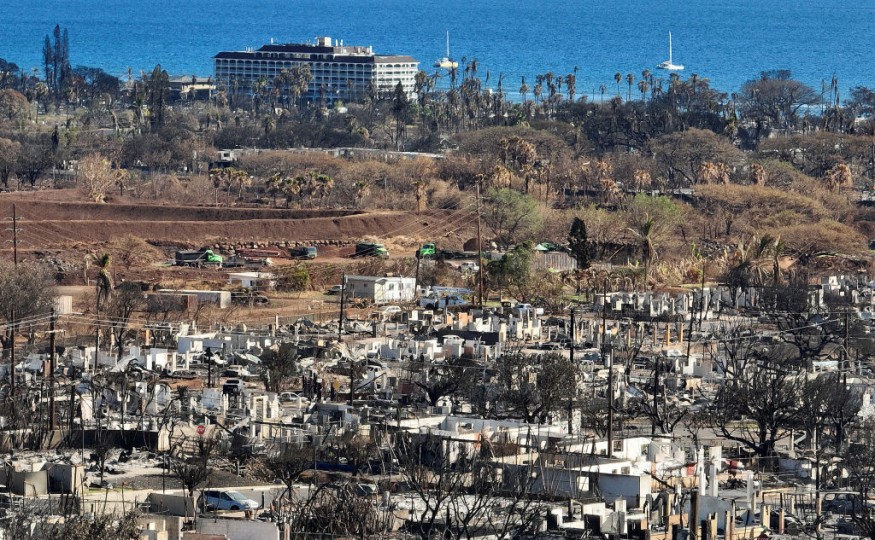
The wildfires being experienced in the United States have reversed the decades of the efforts to improve the air quality.
A recent study indicated that since 2016, wildfire smoke has influenced trends in average annual fine particulate matter (PM2.5) concentrations in nearly three-quarters of states in the contiguous USA.
Findings of the study
This phenomenon eroded about 25 percent of previous multi-decadal progress in reducing PM2.5 concentrations on average in those states, which is equivalent to four years of air quality progress and more than 50 percent in many western states.
Scientists found out that wildfire-driven increases in ambient PM2.5 concentrations are unregulated under the current air pollution law.
Furthermore, in the absence of more interventions, the contribution of wildfire to regional and national air quality trends has been likely to increase as the climate situation continues to warm.
The study stated that air-pollution data, which was derived from pollution-monitoring stations and satellites, has shown that wildfire smoke has influenced trends when it comes to the levels of fine particulate matter in nearly three-quarters of the contiguous United States.
Researchers found that this phenomenon has undone around 25 percent of air-quality improvements made between 2000 and 2016.
"Wildfires are likely to further erode air quality in the country as the climate warms," the study said.
They noted that the wildfire smoke has been considered as a growing source of pollution in the US and that experts have been struggling to control this.
It could be noted that the Clean Air Act was passed in 1963 in a bid to regulate air pollution and set standards for air quality.
Moreover, the Environmental Protection Agency has used the said measure in order to enforce new regulations on the air quality industry, which has been useful in reducing pollution from power plants and industrial sources.
The measure has been useful for decades when it comes to combatting the air pollution in the country.
However, smokes coming from the wildfire has not been regulated by the act, except for the prescribed burns, which are used to intentionally treat the forests as well as reduce future risk of wildfire.
Health problem
According to experts, wildfire smoke exposure can cause significant health problems.
They explained that the small particles in wildfire smoke could penetrate deep into people's lungs and can circulate in their bloodstream.
These small particles can increase risk for asthma, lung cancer and other chronic lung problems. Further, the occurrence of wildfire smoke has been associated with preterm birth as well as pregnancy loss.
The American Lung Association noted that studies of children in California have found that children who breathed the smoky air during wildfires could experience more coughing, wheezing, bronchitis, and colds.
It is more likely that these children would have to go to the doctor or to the hospital for respiratory causes, especially from asthma, experts said.
Another threat from forest fire smoke is carbon monoxide(CO)-a colorless, odorless gas most common during the smoldering stages of a fire and in close proximity to the fire.
Scientists said that inhaling CO reduces oxygen delivery to the body's organs and tissues, which can later lead to headaches, nausea, dizziness and, in high concentrations, premature death.
Related Article : Maui Wildfires: Number Of Missing People 'Nearly Unchanged'; Finalization Might Take Time
Related Video:
© 2025 NatureWorldNews.com All rights reserved. Do not reproduce without permission.





